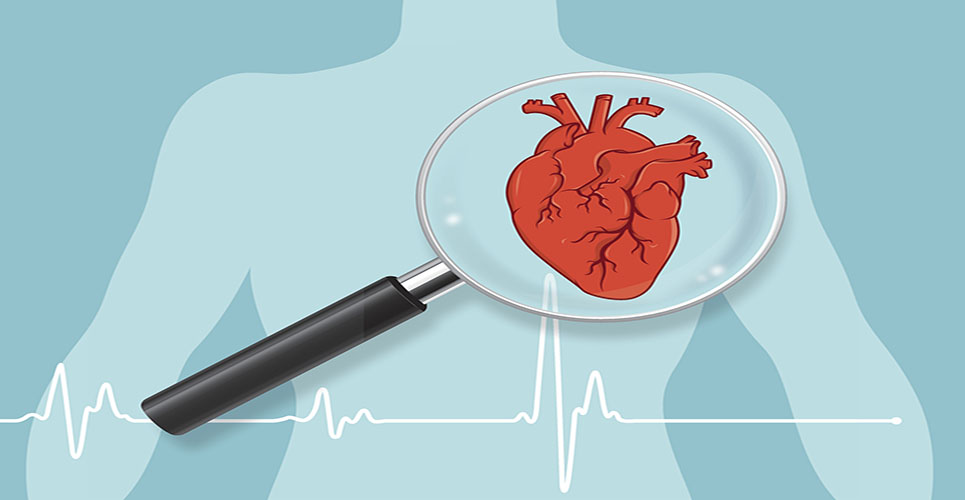Edwards Lifesciences Corporation has released data on its most advanced commercially available transcatheter aortic heart valve: the Edwards SAPIEN 3 valve.
Results from the SAPIEN 3 trial concluded that outcomes at 30 days were excellent. Transfemoral SAPIEN 3 implantation was associated with a very low mortality of 2.1%, a stroke rate of 1.0% and very few access-site complications. In addition, 96.6% of patients had ≤ mild paravalvular leak. There was no severe paravalvular leak.
Edwards Lifesciences Corporation has released data on its most advanced commercially available transcatheter aortic heart valve: the Edwards SAPIEN 3 valve.
Results from the SAPIEN 3 trial concluded that outcomes at 30 days were excellent. Transfemoral SAPIEN 3 implantation was associated with a very low mortality of 2.1%, a stroke rate of 1.0% and very few access-site complications. In addition, 96.6% of patients had ≤ mild paravalvular leak. There was no severe paravalvular leak.

“This valve represents a significant step forward in offering a simpler procedure for transcatheter heart valve replacement, with fewer post-procedural complications and less paravalvular aortic regurgitation,” said Dr Philip MacCarthy, Clinical Director of Cardiovascular Services, Kings College Hospital, London. “Results from the trial demonstrated that the improved valve and delivery system design enabled teams to position the valve precisely, and early outcomes have been excellent.”
The SAPIEN 3 trial is a prospective, multicentre, non-randomised study. This analysis documented early outcomes of the first 150 high- and intermediate-risk patients enrolled between January 2013 and November 2013 and treated with the SAPIEN 3 valve at 16 centers in Europe and Canada. (Enrolment centers are in Canada, France, Germany, Italy and the UK.) Access approaches included transfemoral (n=96) and transapical/transaortic (n=54), as determined by the Heart Team. All-cause mortality in all access approaches was reported as 5.3% in the as-treated population. The company intends for patients to be followed annually out to 5 years.
“The Edwards SAPIEN 3 valve sets a new standard for tissue valves, combining a low-profile design with the ability to address paravalvular leak, as well as improved delivery systems,” said Larry L Wood, corporate vice president, transcatheter heart valves. “It is particularly encouraging that these early results showed that none of the patients were re-hospitalized during the follow-up period, which is a meaningful outcome for patients who had previously been very ill.”
The SAPIEN 3 valve can be delivered through a low-profile 14 French expandable sheath (eSheath). It also has an outer skirt – a cuff of fabric that provides a seal at the bottom of the frame that is designed to reduce paravalvular aortic regurgitation.
The SAPIEN 3 valve was approved in Europe in January 2014 for the treatment of high-risk and non-operable patients with severe aortic stenosis. It is not approved for the treatment of intermediate risk patients in Europe. The valve is an investigational device not yet available commercially in the US. It is currently being evaluated in the US in the PARTNER II trial.

